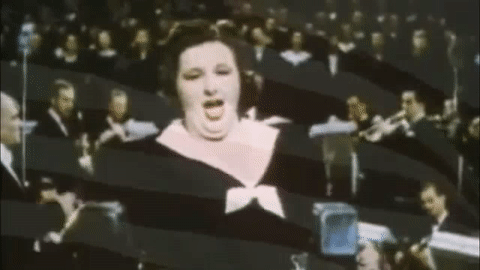michael.kitko
Cast Iron
- Joined
- Oct 30, 2012
- Location
- Pontefract, UK
We have this bearing that failed at my place of work. As you can see, it kind of looks like fluting, but this is the outer housing for the bearing to sit in, not the bearing race, which is where I would expect to see fluting. When it was put in, the bearing had a .002" interference fit and now it measures +.003". The bearing that came out, rotated freely and smoothly by hand. This housing was installed three days before this as a brand new install before it got pulled for an unrelated issue. I am just wondering if anyone has seen this and if so, what caused this wear in this area? Thank you in advance.



